We first developed the Five Power Personas in 1992, based on extensive brand research. You could think of Power Personas as archetypes, personalities, or just a brand’s “sticky positioning” in a niche. We call this “sticky positioning” because we work with proven archetypes, rather than complex personalities. People are complex, brands should not be.

Last week I posted a blog post, “Does your brand have multiple personality disorder?” which challenged branders to focus on only ONE personality — assuming leadership in the niche is the goal. One humorous friend commented back on the blog that five seemed a “little narrow.” The choices may seem narrow, but the personalities are broad. (For a brief description of the Power Personas, refer to the last section of this feature, or to the book, The Persona Principle, Derek Armstrong and Kam Wai Yu, from Simon & Schuster.)
Why archetypes instead of rich, custom personas? For brand, Top of Mind awareness is the most critical element. In reality, a corporation and brand is always complex and rich with diversity. However, leading marketers know that trying to convey a complex and rich story reduces response and recall, and increases marketing budgets. Simplified messages, tied to a recognizable archetype, are easiest to remember.
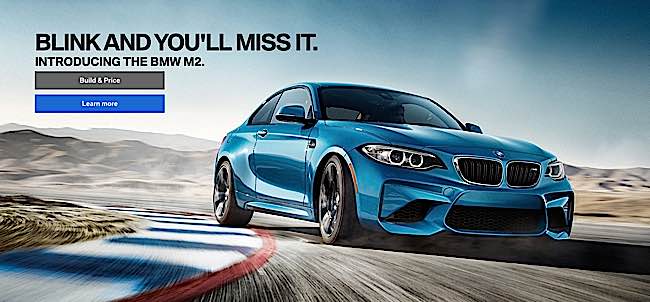
Top of Mind Awareness Only
Think about any category. Top of mind awareness only. Who is the world market leader in automobile manufacturing? Chances are, you’ll know it’s GM, followed by Ford and Toyota. Chrysler, Nissan and Honda are the next three. There isn’t a lot of movement back and forth between these top brands, and the trailers — Nissan, Honda, Hyundai, Kia, Subaru and BMW — have never really managed to displace the top five. In top of mind, only one brand can own it. Therefore, there can only be one Emperor (market leader), one Hero (acknowledged innovator), one Expert (the number 1 expert), one Buddy (customer-service oriented brand), one Simpatico (cause-oriented brand).
Here’s how the top five Power Personas — Emperor, Hero, Expert, Buddy and Simpatico, would apply to this category:
Emperor: GM
Hero: Ford
Expert: Toyota
Buddy: Chrysler
Simpatico: Nissan
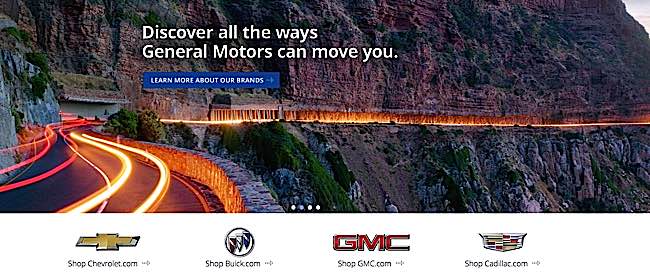
Niching Down
For companies such as Hyundai, Kia and Subaru, they can attempt to dislodge the top five — or they can niche down. In most categories the easiest strategic move is to niche down.
For example, if you think of the narrower niche of “sporty” automobile manufacturers, suddenly we find BMW in the Emperor position. Tesla is the hero, with genuinely industry-changing future technology. Either of these two could broaden their position, by producing and marketing a different type of automobile, making a different promise, trying to be the one of the Power Personas in the bigger niche. BMW and Tesla, however, know that this would dilute their ownership of “sporty” automobile. It’s too big a risk, given that incumbents are difficult to “take down.”
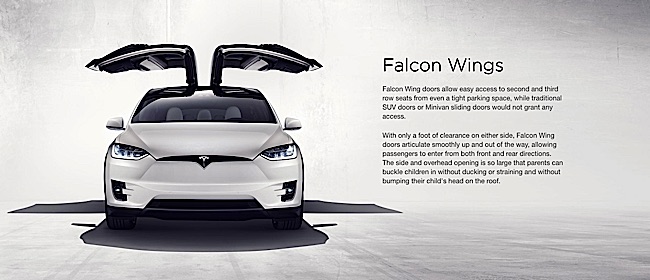
Even though Volvo isn’t anywhere on the top ten in manufacturing, they’ve long been known as the leader in the “safe” automobile niche. Whether it’s true or not is not the issue. They own top of mind for it.
Without top of mind in a niche — you lose
You get the idea. It’s critical to own a niche if you are going to make a long term play in any industry. Without top of mind in a niche — you lose.
Google, for instance, is Emperor of Internet Information broader niche. However, Google is also expanding into different areas, everything from auto driving cars to health innovations. They own Hero “innovator” in self-driving cars. They are not in danger of losing their position in the broader market. Like Google, you can be “the innovator” in a small niche (Hero in Persona parlance), while dabbling in non-heroic niches at the same time. But from a brand point of view, you still need to own that one solid Power Persona for long term durability.
In “the old days” every brand had a brand slogan. We still advocate for it. Like the image of the logo, the name, colors used in branding, the slogan always expressed the Power Persona. For instance, “the real thing” was Coca Cola, the Emperor. “Just do it!” for Nike, expressed the Hero — a refreshed brand move that took Nike from $877 million in sales (in 1988) when the slogan was written, to $9.2 billion by 1998.
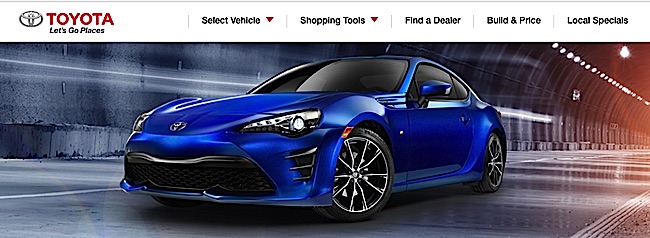
Too Much Information
The “information” age is no longer a new phenomenon. Today, your audiences are more inundated with information than ever. Asking them to remember too many things about your brand is expecting too much.
To quote Theodore Roosevelt: “There is a homely adage which runs: Speak softly and carry a big stick; you will go far.”
Power Personas are the big stick. It’s the one thing your competitors fear. It’s the one thing your audiences remember. And, when you have that big stick, you can speak softly, spend less of marketing, launch into new niches without much effort, and expand into new markets.
Diversifying your image is possible only after you own your core position. Google, Apple, Facebook, and Microsoft all have highly secretive labs for developing the next big thing. But, as wide-ranging as these future niches are, these brands still own their core positions. Apple is still the innovator, the Hero in the broader niche.
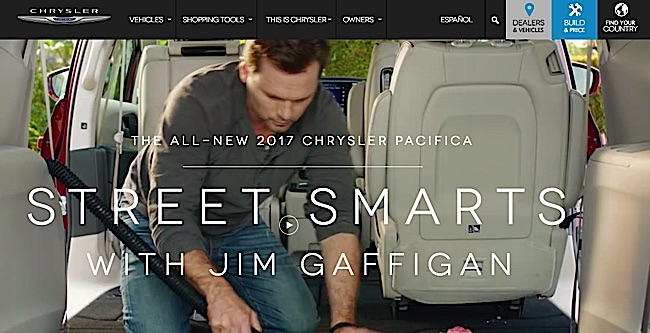
Caution: Wishing Doesn’t Make it So
You may wish your brand was the innovator or Hero of your niche. And, to some extent you can achieve that, by niching down. However, depending on the incumbent “Hero” brand already in place, be cautious about developing a campaign to displace them. It is more economical, and “less bloody” to niche down (as BMW did in the above example.)
Quick Snapshots, the Power Personas
The abbreviated definitions below are not definitive or complete definitions (watch for future posts, or check the book The Persona Principle.) In these brief descriptions the “you” is not you personally; it is the “you” the brand.
You are, or can be, Emperor Power Persona if:
- You or your firm are considered to be market leader in your segment by a wide margin.
- You have been the leader for many years.
- You invented your segment or product and others copied you (this must be a known or visible fact, not a historical oddity).
- You are highly respected as the safe choice in your segment in quality or price or both.
- You are conservative.
- You love yourself and your venture.
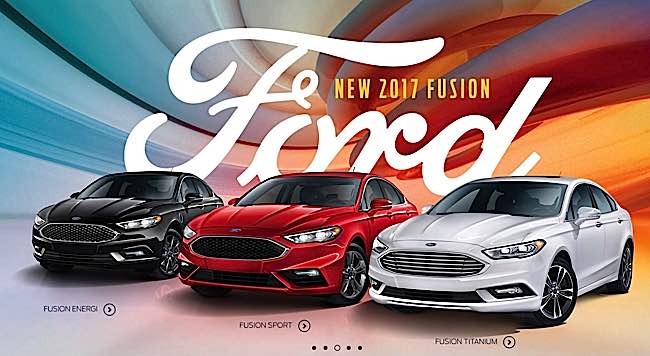
You are, or can be, Hero Power Persona if:
- You are known as the innovator, the inventor or the “new ideas” brand — on an ongoing basis.
- You are acknowledged to have the very latest technology in your field (it is not enough to be the best; you must be acknowledged).
- You are conceited and like to see your name everywhere as the “champion.”
You are, or can be, Expert Power Persona if:
- You are “top of mind” acknowledged to be “the” expert in the niche (there can be many experts, but usually only one is acknowledged as top of mind “the” expert.
- Complete confidence in the product or service offered.
- Vast knowledge in the segment.
- Likability and/or respectability. Experts are trusted and liked, far more than Heroes and arrogant Emperors
- Heavy focus on technical support and help, information dissemination, white papers and knowledge leadership in your niche.
You are, or can be, the Buddy Power Persona if:
- A sales-oriented culture
- A warm or ostensibly caring culture
- An appearance of being socially responsible, even a trend-setter in social responsibility.
- A flexible attitude to customer service, including responsiveness to complaints.
- A reassuring guarantee or promise.
- Genuine efforts to support social causes.
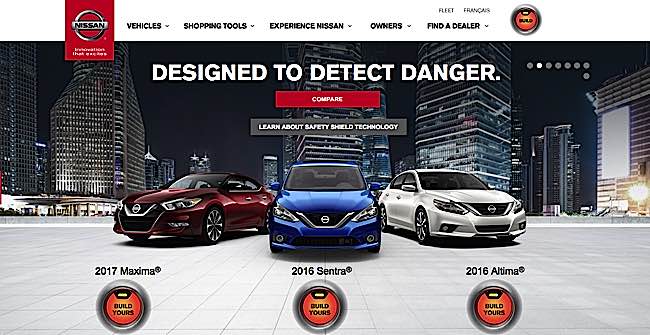
You are, or can be, the Simpatico Power Persona if:
- Your company is “cause-oriented” and makes its products or services a cause-mission
- Genuine enthusiasm for the venture.
- Strong support for social causes (fund-raising ventures can benefit from Simpatico).
- An audience-oriented culture that is flexible to the needs of clients.
NEXT…
In the next in the “Power Persona” series of blog posts we’ll explore each of the Power Personas one-by-one in more detail with case examples; and practical how-tos and tips for owning a Power Persona in your niche.

